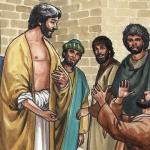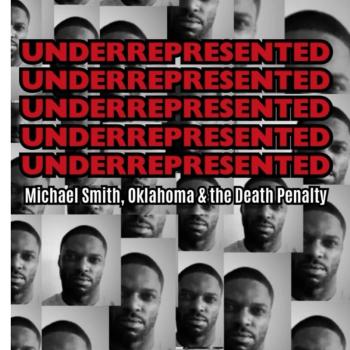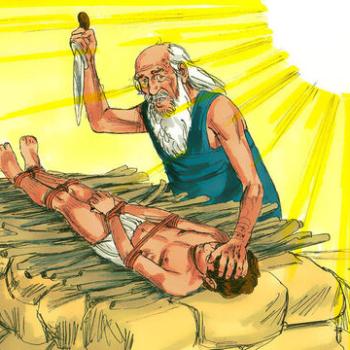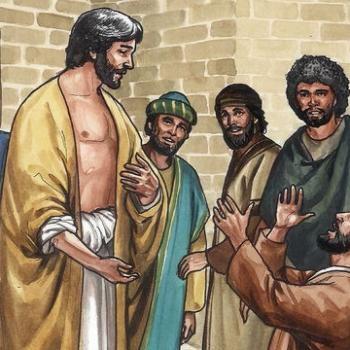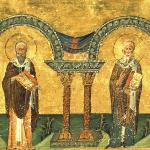Did you know that the Bible refers to a donkey 74 times? Compare that to 14 for a dog, 36 for a horse, 55 for an ox, and 82 for a lion. Sheep get 195 mentions but considering that many of the important figures in the Bible were either literally or figuratively shepherds, that’s understandable.
So, the donkey has a prominent position among animals in the Bible. It rates far higher than its fellow working animal, the ox, and comes close to the lofty stature of the lion whose prowess is much admired.
What causes the donkey to be this important? Well, it was a standard beast of burden and means of transportation throughout ancient times, so naturally, the stories of the Jewish people would mention using or riding the donkey. For example, Moses returned to Egypt on a donkey; also, when David came to Saul, and when Abigail came to David, they rode a donkey.
A Talking Animal
However, one time, the donkey’s ability went beyond carrying people and supplies and gained the animal fame among Bible readers. There are only two talking animals in the Bible: the serpent in the Garden of Eden and Balaam’s donkey (Numbers 22: 21-29).
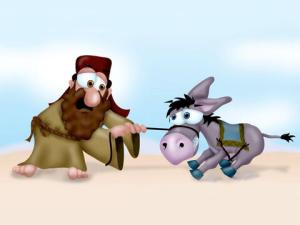
God sent Balaam as a messenger, instructed to say exactly what God told him. Balaam made the mistake of thinking about betraying God, so an angel with a drawn sword appeared to him on his way.
His donkey could see the angel and cowered against a wall, but Balaam could not see the angel and beat the donkey for stopping. This happened three times, and then the donkey asked, “Why are you beating me? Am I not your own beast, and have you not always ridden upon me until now? Have I been in the habit of treating you this way before?”
At that point, God removed the veil from Balaam’s eyes, and he saw the angel, who admonished Balaam. He said that if the donkey had not turned away from the sword, he would have killed Balaam. Chastised, Balaam followed God’s instructions, and we assume, never beat his donkey again.
With the Holy Family
As a witness to history, donkeys have been ever-present in the Judeo/Christian saga. Mary rode a donkey to Bethlehem, so there is seldom a nativity scene without a donkey nearby.
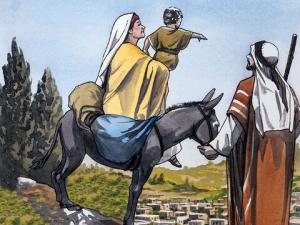
That donkey also carried Mary and the baby Jesus on the trip to Egypt with Joseph walking alongside. Since donkeys can live 27-40 years, it is possible that this same donkey was with them when they went to Jerusalem to present the child Jesus at the Temple, and when Mary and Joseph lost Jesus at the Temple years later.
Palm Sunday
It was a different donkey, however, that carried Jesus into Jerusalem on Palm Sunday. Another distinction for the donkey is that this honor was mentioned in the prophecy about Christ’s entrance into Jerusalem for his final days:
“See, your king shall come to you, a just savior is he; Meek, and riding on an ass (donkey) on a colt, the foal of an ass” (Zechariah 9:9). Matthew acknowledged in his gospel account of Palm Sunday that “This came about to fulfill what was said through the prophet.” (Matthew 21:4)
Note that the prophecy describes the king and savior as “meek.” He is riding a common donkey instead of a stately horse, like an earthly king or a centurion, because he has not come as a warrior but as the Lord of Peace.
Did you ever wonder how Christ’s disciples were able to so easily acquire a donkey for his ride on Palm Sunday? According to legend, a farmer near Jerusalem had planned to kill his donkey because it was too small to do much work. His children pleaded with him to tie the donkey to a tree near the road, hoping that someone would take it.
Sure enough, Christ’s disciples came and said their master was in need of a donkey, so the farmer gladly gave him away. (God works in mysterious ways!)
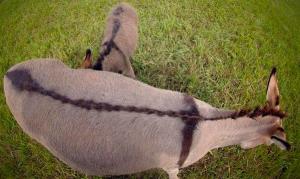
Marked with a Cross
Donkeys have markings like a cross on their backs. It is caused by a dark line of hair (the list) that runs down the spine and, usually, across the shoulders. It is a natural marking—or is it?
Another story attributes the donkey’s cross to the Passion of Christ. The donkey wanted to carry Christ’s cross for him but was not allowed. In reward for his loyalty and love, Jesus caused the shadow of the cross to fall upon the donkey’s back, and the animal has carried the symbol ever since.
So, not only does God take care of His little sparrows, but He also assigns important roles to lowly creatures like the donkey. Donkeys are not handsome or mighty, but they have a Biblical lineage that rivals the House of David, and as children of God, so do we.



